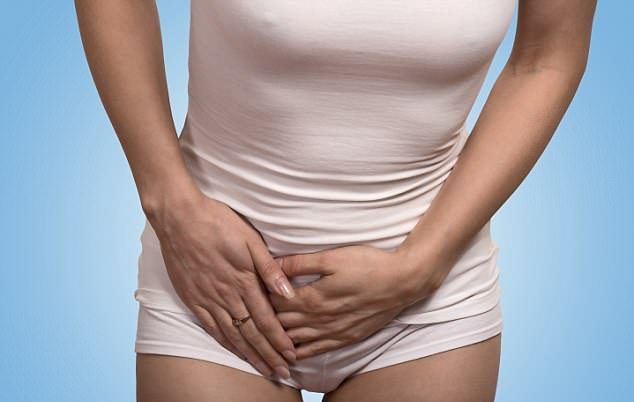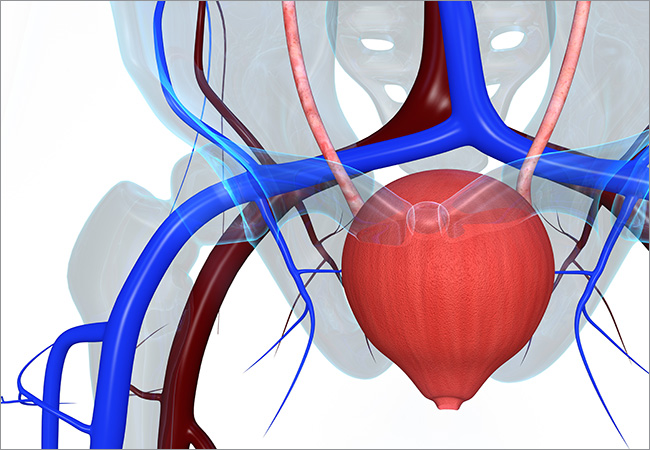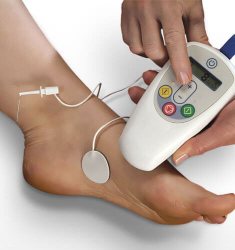Acupuncture for Overactive Bladder (OAB)
Do you have an overactive bladder? Acupuncture may have a role in managing your symptoms.

Waking up several times in the night desperate for the toilet, an increase in the need to go to the toilet or sudden urges to go. Sound familiar? You may have an overactive bladder (OAB).
Recent evidence points towards acupuncture as a useful tool in the management of overactive bladder symptoms in men and women with minimal, if any, side effects.
Overactive bladder syndrome is the name given to a combination of any, or all, of the following symptoms:
- the need to go to the bathroom to empty your bladder more often than you usually would
- a sudden urge to urinate that is very difficult to control and which may result in an ‘accident’
- your bladder may wake you more than once during the night (nocturia)
Between 12 and 20% of people have been reported to suffer from OAB symptoms in research conducted in the UK, US, Canada, Germany, Italy and Sweden1. It is only slightly more common in women (20%) than men (16%). Interestingly, an increased risk of OAB symptoms as a result of ageing or a higher BMI (body mass index) was more strongly correlated with women. Studies show that OAB can impact negatively on quality of life, sleep, work performance and general well-being, unsurprisingly. One of the main reasons given for not seeking help or advice was the lack of awareness that effective treatment was available for such conditions5.

Clinical guidelines state that the first line treatment for OAB symptoms is advice regarding caffeine and fluid intake, weight management, bladder retraining strategies and pelvic floor muscle rehabilitation with a specialist physiotherapist. As a subsequent option, your doctor may prescribe medication which is designed to reduce unwanted overactivity or sensitivity of your bladder (antimuscarinic drugs). More invasive options such as Botox injections, nerve stimulation implants or bladder surgery may be considered, but these may have potential risks or side effects.
Common side effects of antimuscarinic drugs can include dry eyes, dry mouth, constipation or blurred vision. What can be offered instead of these drugs if you should not be prescribed them or cannot tolerate them? Whilst surgery may not be an option for many, and drugs may not be an option due to interactions with other drugs or possible side effects, acupuncture can be a safe alternative.
It has been shown in the literature that acupuncture can be as effective as the main prescribed drug, but with none of the associated side effects. In a 2016 study, acupuncture treatment has shown to be comparable to drugs in safety and effectiveness and with none of the side effects. Participants in other relevant studies also reported far fewer side effects with acupuncture treatments when compared to those receiving medications8. Significant improvements were seen in urinary urgency, frequency, nocturia and incontinence.
Overactive bladder syndrome (OAB) is a common condition affecting adults and children worldwide, resulting in a substantial economic and psychological burden. Percutaneous tibial nerve stimulation (PTNS) is derived from acupuncture used in Chinese traditional medicine and was first described in the early 1980s. It is a neuromodulation technique used to modulate bladder function and facilitate storage.
A previous paper, in 2013, compared a type of electroacupuncture called PTNS (posterior tibial nerve stimulation) with the commonly used medication1, and found a high level of evidence for the use of this treatment to reduce urinary frequency and bladder leakage. Electroacupuncture, which uses electrical currents to provide stimulation of needles at traditional acupuncture points, was shown to be effective also in OAB symptoms related to benign prostate enlargement in men in two clinical trials.
Acupuncture works by targeting nerve pathways in the body that can regulate the brain signals to the bladder via the spinal cord and this may help the bladder muscle to be more relaxed and inhibit spontaneous contractions. It may also influence the nerves facilitating storage of urine in the bladder, potentially allowing for the bladder to fill more calmly1.
Recent evidence points towards acupuncture as a useful tool in the management of overactive bladder symptoms in men and women in addition to lifestyle advice, bladder retraining strategies and pelvic floor muscle rehabilitation with a specialist physiotherapist. It is a safe, effective and relatively non-invasive strategy with minimal, if any, side effects

What Is Electrical Stimulation for Overactive Bladder?
It uses a mild electric current to treat your overactive bladder (OAB) and ease your strong urge to pee. Electrical stimulation may give you better control over the muscles in your bladder, a sac-shaped organ that holds your urine. Your doctor may recommend it if medicine, pelvic exercise, and other lifestyle changes haven’t worked for you.
How It Works
Your doctor has three ways to deliver the electrical current. One requires surgery.Sacral nerve stimulation (SNS). During this operation, your doctor puts a pacemaker-like device in your back at the base of your spine. That’s the site of your sacral nerve, which carries signals between your bladder, spinal cord, and brain that tell you when you need to urinate. SNS interrupts those signals.Usually before the operation, you’ll test the treatment to see if it works for you. Your doctor will make a small cut in your lower back and put a thin wire close to your sacral nerve. The wire connects to a battery-powered device called a stimulator that you wear outside your body. You’ll have it for up to 3 weeks.
Percutaneous tibial nerve stimulation (PTNS). This treatment isn’t surgery. Your doctor inserts a thin needle under the skin of your ankle near the tibial nerve.

A stimulator on the outside of your body sends electrical impulses through the needle to the nerve, and on to other nerves in your spine that control your bladder.
References:
- 1. Neuromodulation for overactive bladder with transcutaneous electrical nerve stimulation in adults – A randomized clinical study
- 2. Do you have an overactive bladder? Acupuncture may have a role in managing your symptoms.
- 3. What Is New in Neuromodulation for Overactive Bladder?
- 4. Effectiveness of percutaneous tibial nerve stimulation in the treatment of overactive bladder syndrome
- 5. Electrical neuromodulation in the management of lower urinary tract dysfunction: evidence, experience and future prospects
- 6. Pelvic Electrical Neuromodulation for the Treatment of Overactive Bladder Symptoms